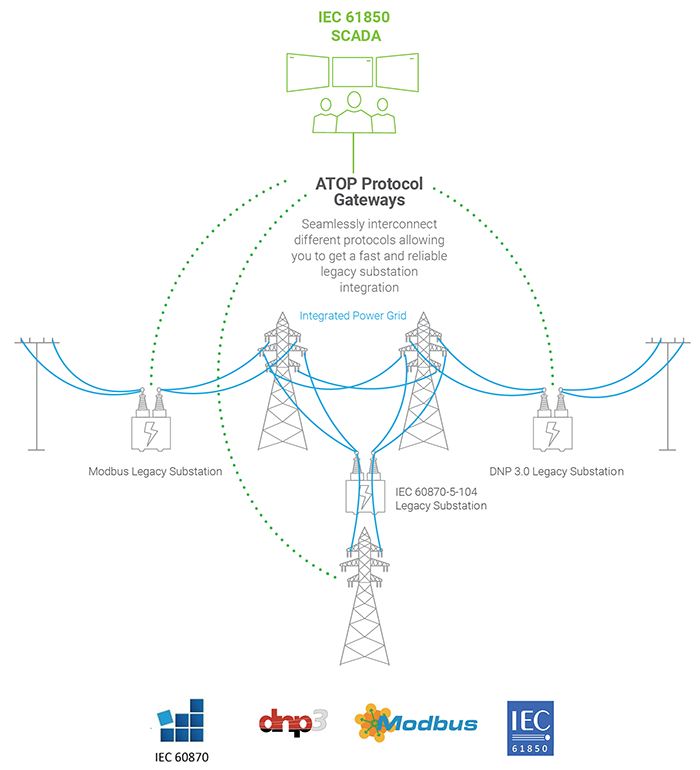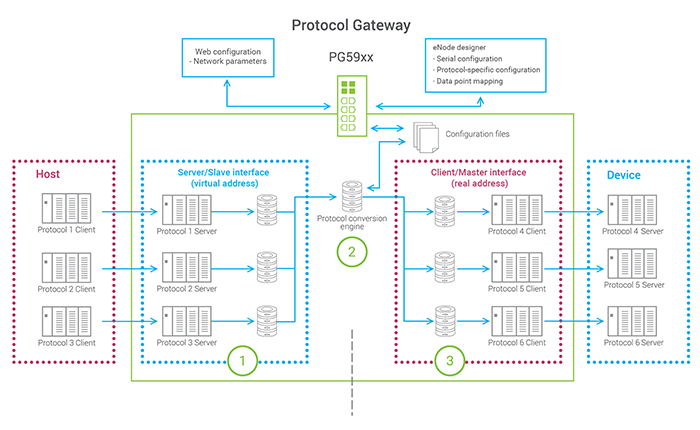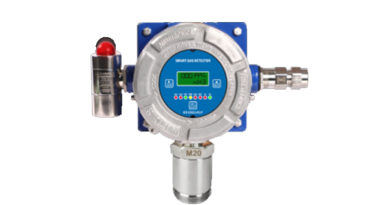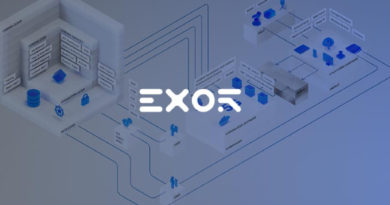Protocol gateways in IEC 61850 application
What are protocol gateways
At the time of building, power utilities typically invest in the latest available technologies. Yet, equipment in the grid system has a long lifespan, lasting over 50 years. As a result, often both legacy and new technologies are present in the power grid. A challenge of implementing IEC61850, therefore, is to integrate all technologies seamlessly to enable this enhanced system.
For power stations utilizing legacy process protocols such as through IEC 60870, DNP 3.0, and Modbus, ATOP provides protocol gateways of powerful hardware platforms paired with stable software, for protocol-to-protocol translation that is transparent, highly reliable, and fault-tolerant. These gateways allow the high availability, reliability, and security that modern power grids need, without the cost and hassle of a full system renewal.

The pivotal role of protocol gateways lies in their ability to act as translators, allowing devices from different eras and communication paradigms to understand each other. Specifically, this involves the translation of data points, mapping of attributes, and normalization of data formats to ensure a coherent and standardized communication flow. Architecture of a protocol gateway consists of three parts:
1. A server/slave interface, which listens to an external host client/master, such as a PLC. The protocol gateway will act towards the host as a slave device according to the protocol used.
2. A protocol engine, the core of the unit that moves, translates, and maps the data points, commands, and events between the client and server sides. Here, data, commands, and events are stored and mapped to other protocols. ATOP protocol gateways allow protocol mapping to any Serial or Ethernet port. Using the friendly eNode Designer tool, users can assign different protocols to different ports, configure serial port settings and protocol-specific parameters, and define real IDs or virtual addresses for the Master/Client or Slave/Server to work with, respectively.
3. A client/master interface, which actively polls or issues commands to an external server/slave device.

Users can choose and set up protocol gateways according to the host and equipment protocols in place. At the device level, a protocol gateway might sit between process equipment and management servers, facilitating the communication of equipment data and commands. The below figure illustrates how a Modbus gateway, a protocol gateway specifically for the Modbus protocol family, may work in a real application.

Added values of protocol gateways
Not all protocol gateways are created the same—ATOP protocol gateways can serve more than simple protocol conversion. While protocol names may be the first specification to look at, efficiency and cybersecurity are two more subjects that require utmost attention to when integrating legacy power station systems.
In an automated power station, various devices need to exchange data seamlessly and in a timely manner. The resulting network is complex and often the overall traffic is heavy. Routing functions direct the flow of information, acting as a traffic controller within the network. By efficiently managing data traffic, protocol gateways ensure that information reaches its intended destination swiftly, enhancing overall network performance.
Filtering functions, on the other hand, allow selective passage of relevant information, refining traffic and preventing unnecessary data from clogging the network. This not only conserves bandwidth, but also enhances the security and efficiency of data transmission.
Data mapping is a feature that assigns data points into memory, organizing and aligning data in a structured manner. With data mapping, exchange between devices is more swift and accurate. This streamlined approach reduces latency and ensures that the right information is delivered promptly, further optimizing the overall communication process.
Like any critical infrastructure, IEC61850 networks are susceptible to vulnerabilities such as unauthorized access, data manipulation, and denial-of-service attacks. Every link and node in the network has to be safeguarded, and protocol gateways are no exception—indeed, they must understand the security protocols of both legacy and IEC61850 systems. ATOP PG5904, 08, and 16 series also offer port isolation and VPN support. The segmentation of devices and subsystems prevent issues in any part of the network from propagating across the gateway to critical connected devices. Any potential issues are confined in the smallest range possible to await handling by the administrator, who is alerted by network management software such as BlackBear NIMBL.
To summarize, the concept of a protocol gateway may be simple to comprehend, but the possibilities of this device is endless. With their unique functions and key positioning, protocol gateways are indispensable to the upgrade to IEC61850 power stations, or for any industrial digitalization and modernization. From facilitating smooth data exchange to enhancing cybersecurity measures, a good protocol gateway shapes the future of automation. Reach out to our experts to discuss your application needs and find your specific solution.



